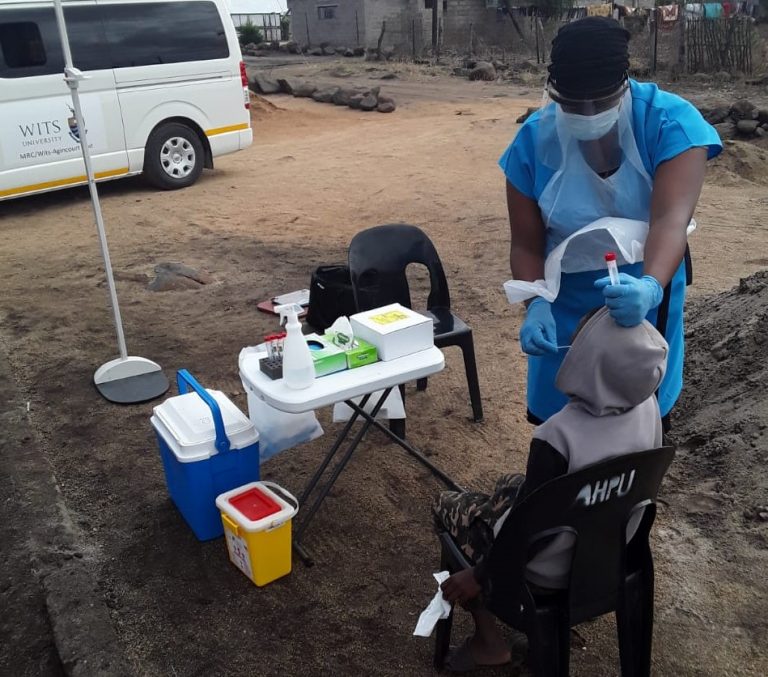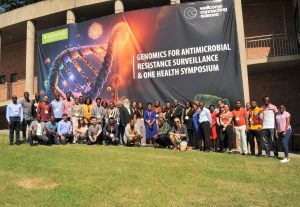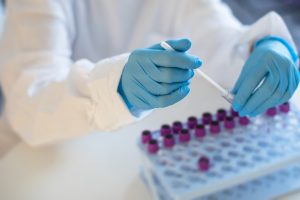How many people in one household contract SARS-CoV-2 and transmit it without having symptoms, and how does SARS-CoV-2 interact with other pathogens in the home?
A new study aims to find out how many people in individual households in rural urban South Africa become infected with SARS-CoV-2, how asymptomatic [producing or showing no symptoms] people transmit this virus, and how this virus interacts with other pathogens.
SARS-CoV-2 is the virus that causes coronavirus disease (Covid-19).
Professor Cheryl Cohen, Principal Investigator of this PHIRST-C study, says, “The study will help answer vital questions about how common asymptomatic infection is and how people who are infected with SARS-CoV-2, but who remain asymptomatic, transmit the virus compared to those who do have symptoms. The study will also examine the role of children in virus transmission, which will be important as the schools reopen.”
Cohen is a Full Professor of Epidemiology in the Wits School of Public Health and Head of the Centre for Respiratory Disease and Meningitis (CRDM) at the National Institute for Communicable Diseases (NICD) in the National Health Laboratory Service (NHLS) in South Africa.
Infection insights in rural South Africa
The Mpumalanga component of the study draws participants from communities that form part of the Agincourt Health and Socio-Demographic Surveillance System site platform of the South African Medical Research Council-Wits Rural Public Health and Health Transitions Research Unit (Agincourt).
Agincourt is a major research endeavor in Wits University’s rural campus in Bushbuckridge, which has run longitudinal studies, intervention trials, and health systems research in this community for over 25 years.
Professor Kathleen Kahn runs the PHIRST-C study in Agincourt. She says, “Meeting the challenge of Covid-19 in rural South Africa is critical to the national response, now more than ever as the pandemic approaches its rural peak. Doing so effectively demands a deep understanding of how virus transmission differs among rural families and communities – exactly what PHIRST-C is designed to achieve.”
How viruses collide
The SARS-CoV-2 study builds on a cohort monitored from 2016 to 2018, which estimated the burden and household transmission of Respiratory Syncytial Virus (RSV) and influenza (flu).
RSV causes respiratory tract infections and this virus is a major cause of lower respiratory tract infections and hospitalisation of children during infancy and childhood.
Dr Neil Martinson, Chief Executive Director in the Wits Perinatal HIV Research Unit at Baragwanath Hospital, is the Principal Investigator in the PHIRST-C study in Jouberton Township, says, “Obtaining more information from settings outside of large metropolitan areas is important. This study will provide more understanding of the impact and transmission of COVID in peripheral townships where health services, including COVID testing sites, are not as available as in large cities; where household members are less likely to be employed; and where they are less likely to be able to safely self-isolate or self-quarantine.”
About the PHIRST-C SARS-CoV-2 study
In the PHIRST-C study: SARS-CoV-2 community burden and transmission in two South African communities, participants will be tested twice weekly until the end of 2020 to determine whether or not they become infected with SARS-CoV-2.
Participants will also be asked about the presence of Covid-19 symptoms at each visit and two different methods will be used to estimate the burden of infection: PCR tests and sero-surveys.
Polymerase chain reaction (PCR) tests are used to detect the presence of viral genetic material directly, rather than the presence of the body’s immune response, or antibodies.
Sero-surveys investigate the presence of antibodies, which are evidence of an immune response to the infection.
It is unclear for COVID to what extent these antibodies “resist” infection. Researchers will thus also use this methodology to estimate the burden of SARS-CoV-2 in these communities.
The PHIRST-C study will also conduct testing for RSV and flu to help understand the interaction of these viruses, should they circulate in communities at the same time.
Understanding viral re-infection and interaction
By analysing blood samples for antibodies to SARS-CoV-2 as evidence of recent or past infection (sero-prevalence), the study will add to global knowledge of the body’s immune responses to SARS-CoV-2 infection and reveal the factors that influence the duration of protection against repeated infection.
The serial serology testing planned will answer important questions related to the immune response to SARS-CoV-2 and the duration of the immune response.
Professor Lynn Morris, interim Executive Director of the NICD and a Full Research Professor at Wits University, says: “Serology results from this study may help to answer some outstanding questions related to Covid-19 immunity, for example, the level of antibodies needed to provide protection against re-infection as well as the rate of asymptomatic infection in South Africa.”
The results of the PHIRST-C study will help the South African Department of Health and the global community to better understand the transmission dynamics of SARS-CoV-2, of asymptomatic infection prevalence, and the transmission from asymptomatic infection.
The PHIRST-C study is a collaboration between the CRDM of the NICD and NHLS in partnership with Agincourt and the PHRU at Chris Hani Baragwanath Hospital. The U.S. Centers for Disease Control and Prevention (CDC) fund the study. When conducting research in communities, the research teams abide by strict hygiene and safety protocols as instituted by the National Department of Health and governed by global best practices in ethics and public health.





